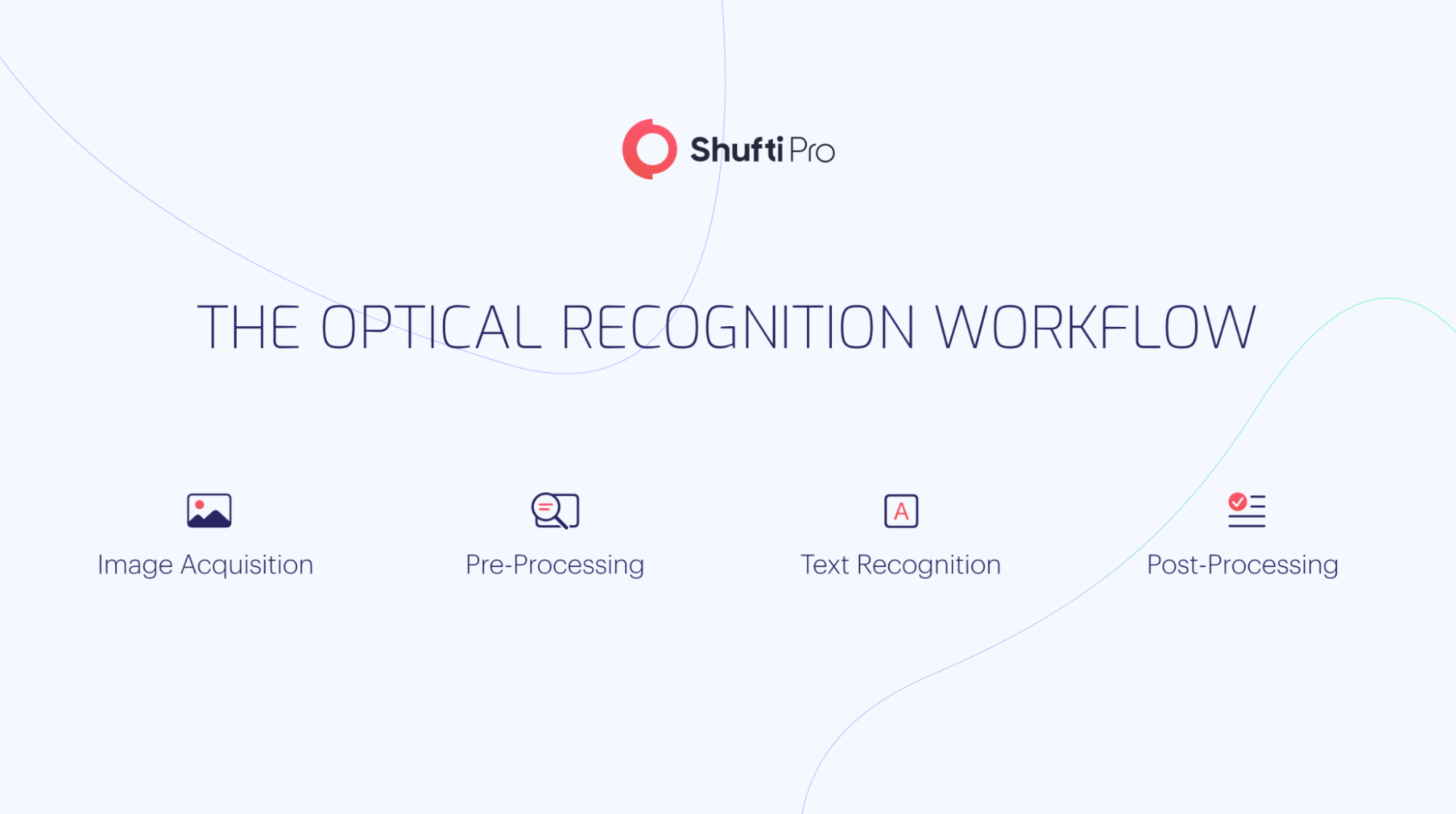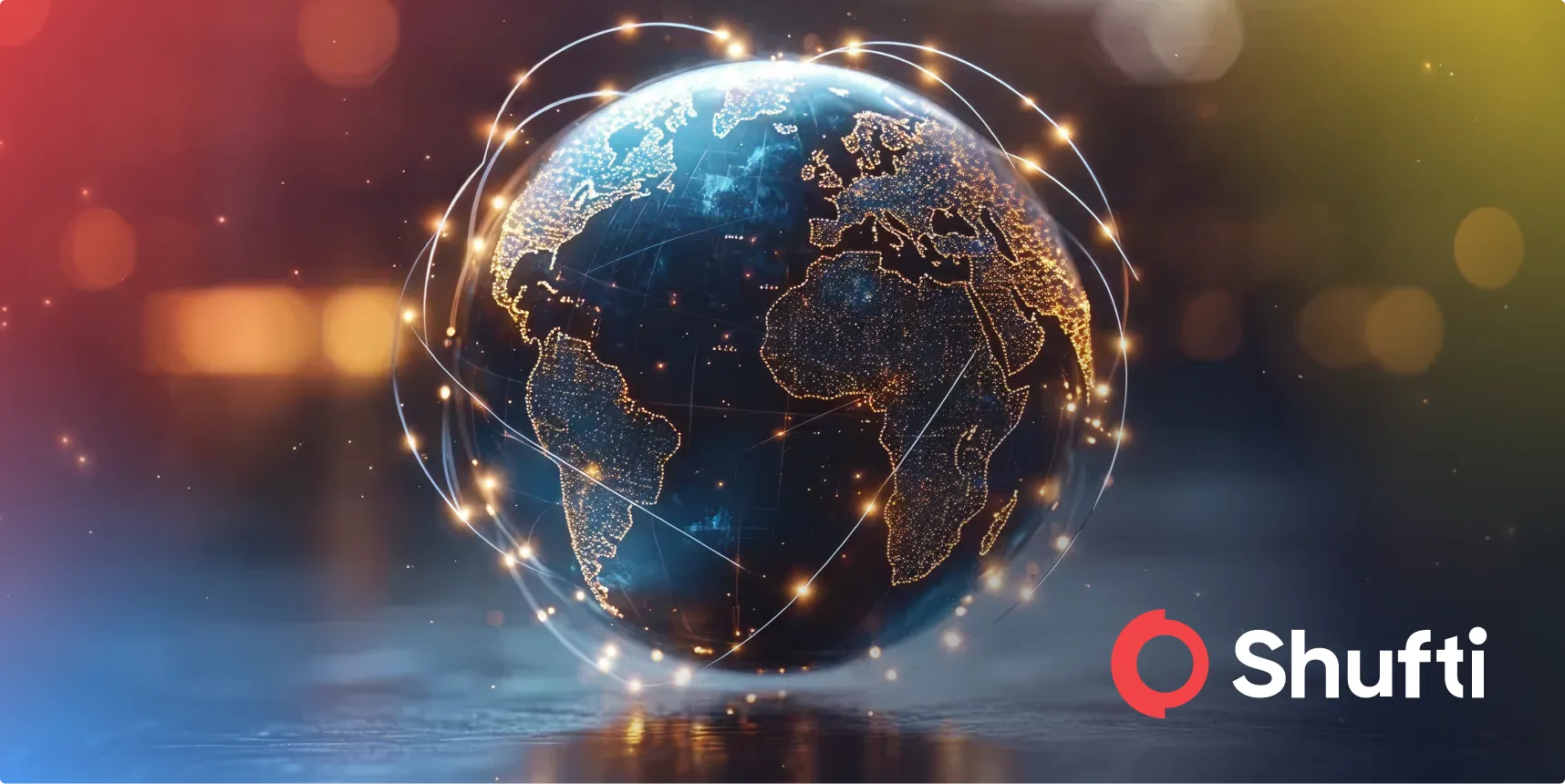Elevating Document Verification with OCR in 2024 | Data Extraction in Real-Time

The Optical Character Recognition (OCR) market was valued at US$15 billion in 2019 and is expected to grow at a compound annual growth rate (CAGR) of approximately 15% from 2020 to 2030 – forecasted to reach an estimated value of US$70 billion by 2030. The need for optical character recognition in different global markets has arisen due to the demand for efficiency and automated solutions in the verification processes. Companies require a robust verification solution that can aid them in keeping cybercriminals off bounds and safeguarding their operations.
Businesses must have security checkpoints at every process, from user onboarding to transactions, as verification firewalls alone are insufficient. Document verification is an extensive task that requires companies to gather and verify the necessary identity documents of a user. Manual document verification is a time-consuming process that can lead to errors, and automating this process can help individuals keep track of all business activity.
What is Optical Character Recognition (OCR)?
Optical character recognition (OCR) has revolutionized how document verification works by improving text recognition’s speed, accuracy, and security. Leveraging OCR technology into the standard verification process can be a game-changer for businesses looking to improve their security.
OCR is a globally recognized system that enables businesses to extract and convert text from paper-based documents into decipherable computer-readable formats. For instance, an invoice or receipt saved on a computer in image format is devoid of functions like editing and searching, making it hard for businesses to go through those documents. OCR enables users to convert those documents into machine-readable text, storing and preserving all content as text data.
OCR technology helps companies reduce verification time and automate document authentication procedures like data scanning, processing, and archiving, which ultimately minimizes the need to acquire physical documents. OCR is essential for handling countless document formats in both paper and electronic form, with robust data-capturing features.
Decoding OCR: Exploring its Types and Functions
Companies of all sizes use OCR technology to improve their document verification processes and safeguard their data while detecting signs of manipulation or forgery in real-time. A robust OCR scanner offers many solutions to companies that allow them to leverage modern technologies for streamlined document verification processes. Where OCR extracts characters from a document utilizing existing templates, it has other types depending on the data captured, some of them are as follows:
-
Optical Word Recognition (OWR)
OWR relies on the same processes as OCR; however, it is essential to note that OWR is a bit different from OCR. It is primarily used to scan multilingual documents, especially those languages that use syntax and semantics with extensive spacing and strokes. Text formats that separate alphabets while spacing are hard to scan using traditional methods, which is why a more advanced version of OCR is utilized. OWR technology focuses on one word at a time and works best on printed documents.
-
Intelligent Character Recognition (ICR)
A major challenge that OCR solutions face is recognizing uncommon text fonts and styles that vary from person to person. ICR technology leverages advanced data capture techniques to scan and recognize versatile writing styles. AI and ML are used to analyze text components like lines, loops, and curves to help people scan complex documents, which ultimately aids better text recognition.
-
Optical Mark Recognition (OMR)
This OCR application is specifically designed to recognize symbols and logos present on documents. Traditional OCR technologies may sometimes confuse smudges, dots, and logos with text, leading to inaccurate data extraction. OMR technology helps companies differentiate between symbols that are logos and those that are not, resulting in greater accuracy. Additionally, with the help of OMR, streaks and unnecessary lines that may have been inadvertently produced are also scanned and eliminated.

Optimizing Operations: The Crucial Role of OCR in Business Improvement
OCR solutions now come up with an accuracy of up to 99% as a result of the significant advancements in AI and ML algorithms. A robust OCR scanner leverages ML and AI algorithms, which allow higher accuracy and efficiency in converting text from unorganized files like physically printed documents, screenshots, or document images with high precision and zero errors.
-
Enhanced Efficiency and Productivity
OCR eliminates the extra hassle for businesses regarding tedious tasks, ultimately saving time and freeing up resources that can be redirected to other tasks that require human skills and creativity. This accelerates processing times and reduces human errors, resulting in more accurate data and increased productivity. OCR can be easily integrated into the existing workflows of a business and allows them to streamline document verification processing by processing more documents in a shorter time frame.
-
Enhanced Due Diligence (EDD)
OCR aids the document verification process and allows companies to leverage robust verification, ultimately improving reporting. By implementing this method, companies can fast-track their enhanced due diligence process while ensuring compliance with global regulations. This allows companies to streamline operations, saving time and resources.
-
Eliminating Financial Crime
Document verification backed by OCR technology empowers businesses to verify crucial identity documents quickly and with increased accuracy, allowing them to identify illicit entities beforehand. Individuals such as money launderers and terrorist financiers can use fake documents to manipulate companies’ verification systems and utilize them to carry out illegal financial activities. A robust OCR software can enable institutions to effectively scan and verify documents against pre-defined templates, ensuring they are not forged.
OCR Dynamics: Exploring Influence on Industries
Optical Character Recognition (OCR) has played a crucial role in revolutionizing multiple industries that utilize enhanced document verification for streamlined processes.
-
Banking
The banking sector uses OCR scanners to meet compliance requirements effectively. This technology utilizes OCR to validate paperwork for deposit checks, loan documentation, and other banking transactions, and businesses in the banking sector to secure transactions, prevent fraud, and validate more documents in less time, ultimately contributing to a more productive workflow.
-
Healthcare
Businesses in the healthcare sector can leverage the power of OCR technology to process patient records, including insurance payments, hospital records, diagnostic tests, and treatments. This allows businesses in this sector to streamline their record-keeping, finances, and compliance while balancing finances. Companies in the healthcare sector have higher compliance and insurance costs, which requires them to have a robust verification and data collection system.
-
Government Bodies
Optical character recognition technology is a highly practical and innovative tool that can greatly benefit government bodies and regulatory authorities. By integrating OCR into processes like applications, forms, and other documents, governments can significantly reduce processing times for citizen services like passport renewals, visa applications, and social security benefits. Further, this will help governments automate data processing, digitize archives, and enhance document management, ultimately creating a productive workflow that will help boost the economy.
The Synergy Between OCR and Identity Verification (IDV)
Streamlined document processing and verification through OCR can significantly improve the identity verification process, allowing companies to scale up their verification journey. A robust OCR application complements existing verification workflows and creates a more efficient process for businesses while having a user-friendly interface for consumers.
Shufti’s OCR for business combines artificial intelligence to perform instant image-to-text conversion of paper-based documents into digital PDFs and text documents. Our industry-grade solution extracts information from a wide array of documents, including handwritten papers, business records, official letters, invoices, and much more. Shufti’s OCR has multilingual support for 150+ languages and covers 240+ countries and territories. With more than 90% accuracy, online businesses can efficiently optimize their customer data.










